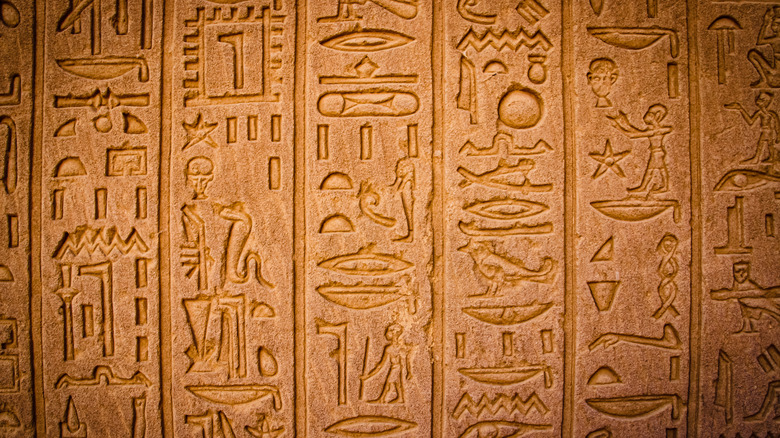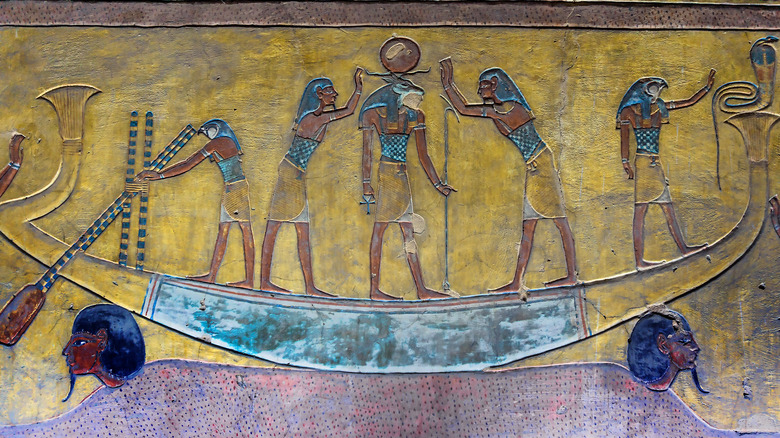Do We Know What The Sea Peoples' Ships Looked Like?
The term "Dark Ages" often brings to mind the post-West Roman period in Europe; with stereotypical images of peasants tending the fields of their lord at home, while abroad, knights wage all manner of conflicts. Yet a far more devastating Dark Age came about 3,000 years prior that affected most of Mediterranean society for centuries. The Bronze Age collapse was brought about by many factors, but the most famous of them is the rampage of the Sea Peoples.
The identity of the Sea Peoples has long been in question; were they Sardinian, Anatolian, or even Greek (via Brittanica)? Records found across the region including in Egypt account for the raids, but not much on who these attackers were. However, the context surrounding a small model of a Mycenaean Greek ship found in Egypt decades ago may have revealed the identity of these elusive figures and the vessels that carried them to their targets.
The Sea Peoples may have been Greek
According to Professor Shelley Wachsmann (via Texas A&M University), the model provides a plethora of information on the types of vessels that would have been common at the end of the Bronze Age and the start of the Iron Age. Wachsmann asserts that its approximate age, its discovery in a region the Sea Peoples are believed to have operated in, and a color scheme which is in line with Homer's descriptions of the Sea Peoples, all support a Greek origin.
The type of ship represented by the model was a precursor to the oared galleys of the iron age and beyond. It, therefore, stands to reason that a ship with such a long future would be responsible for such an unprecedented series of attacks. Wachsmann does not rule out the possibility of finding more compelling artifacts, but is convinced that the model is as close to the truth as possible.

